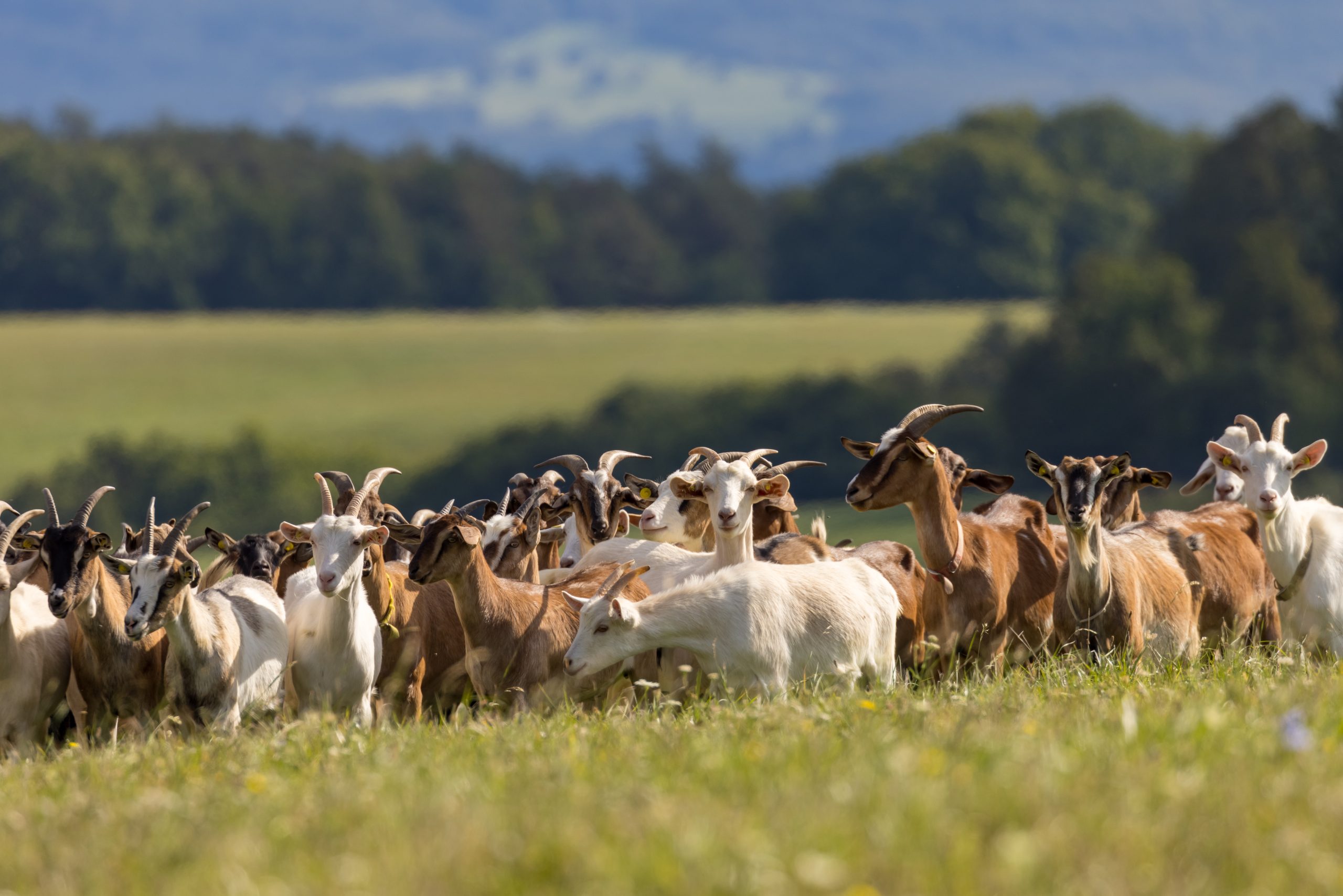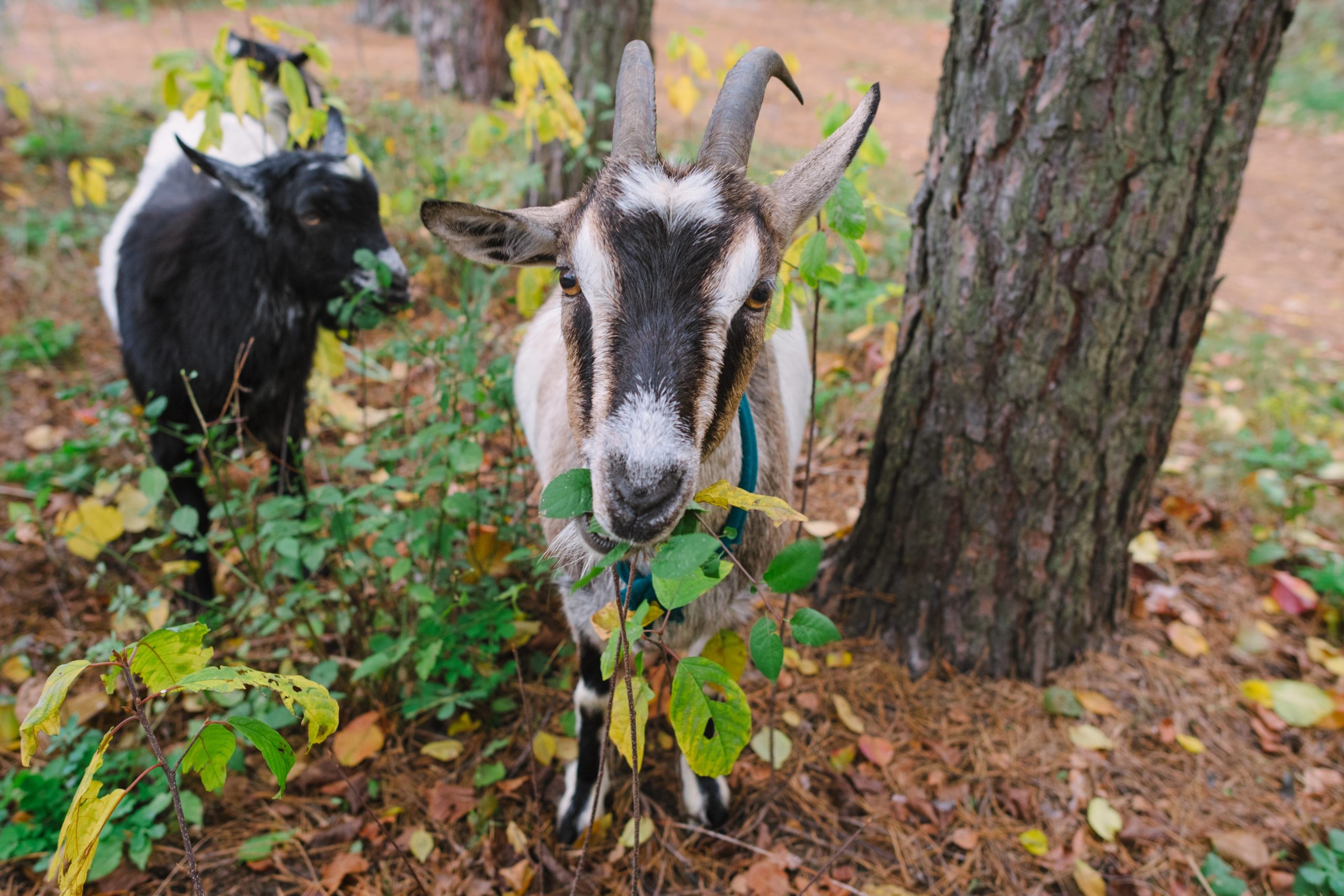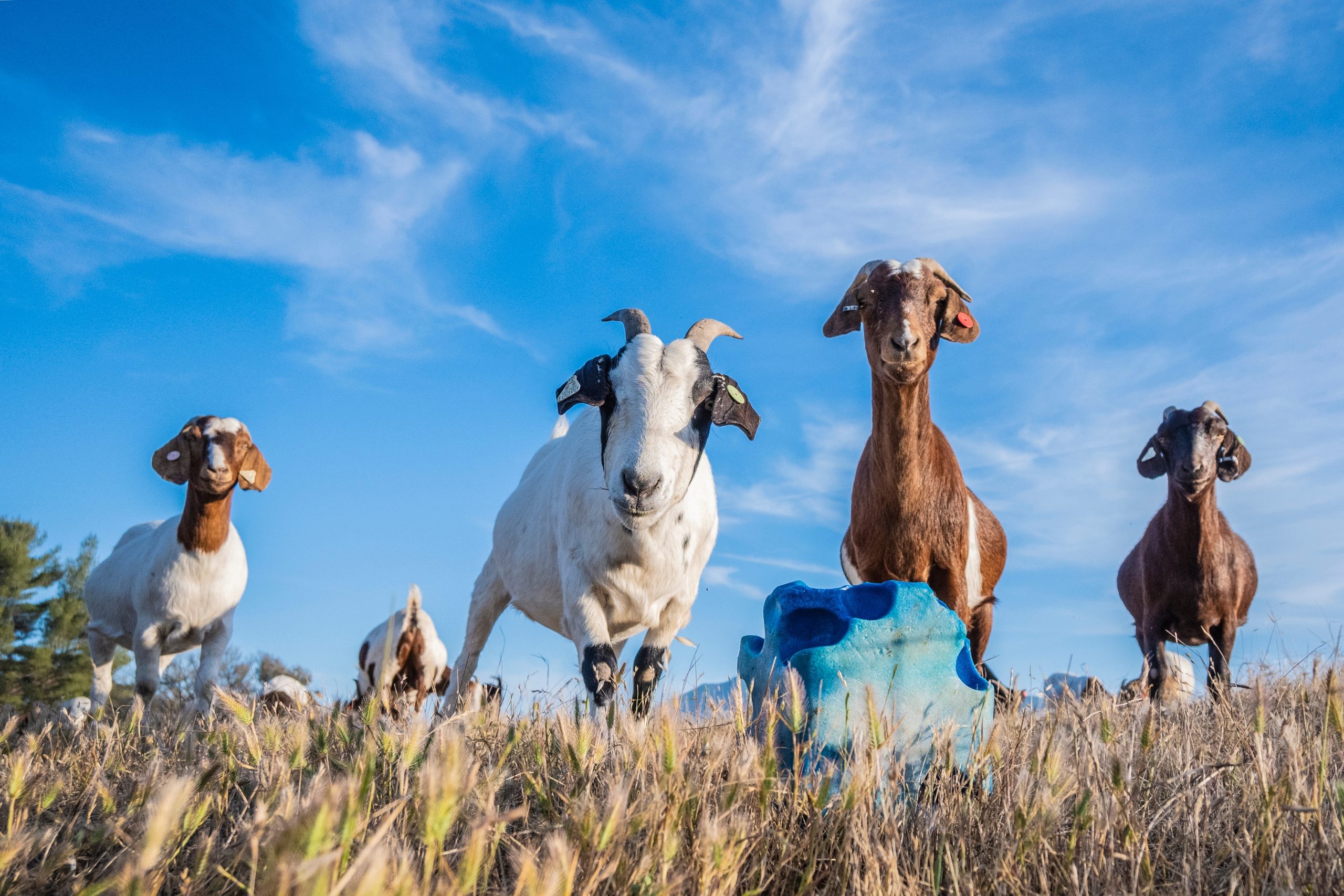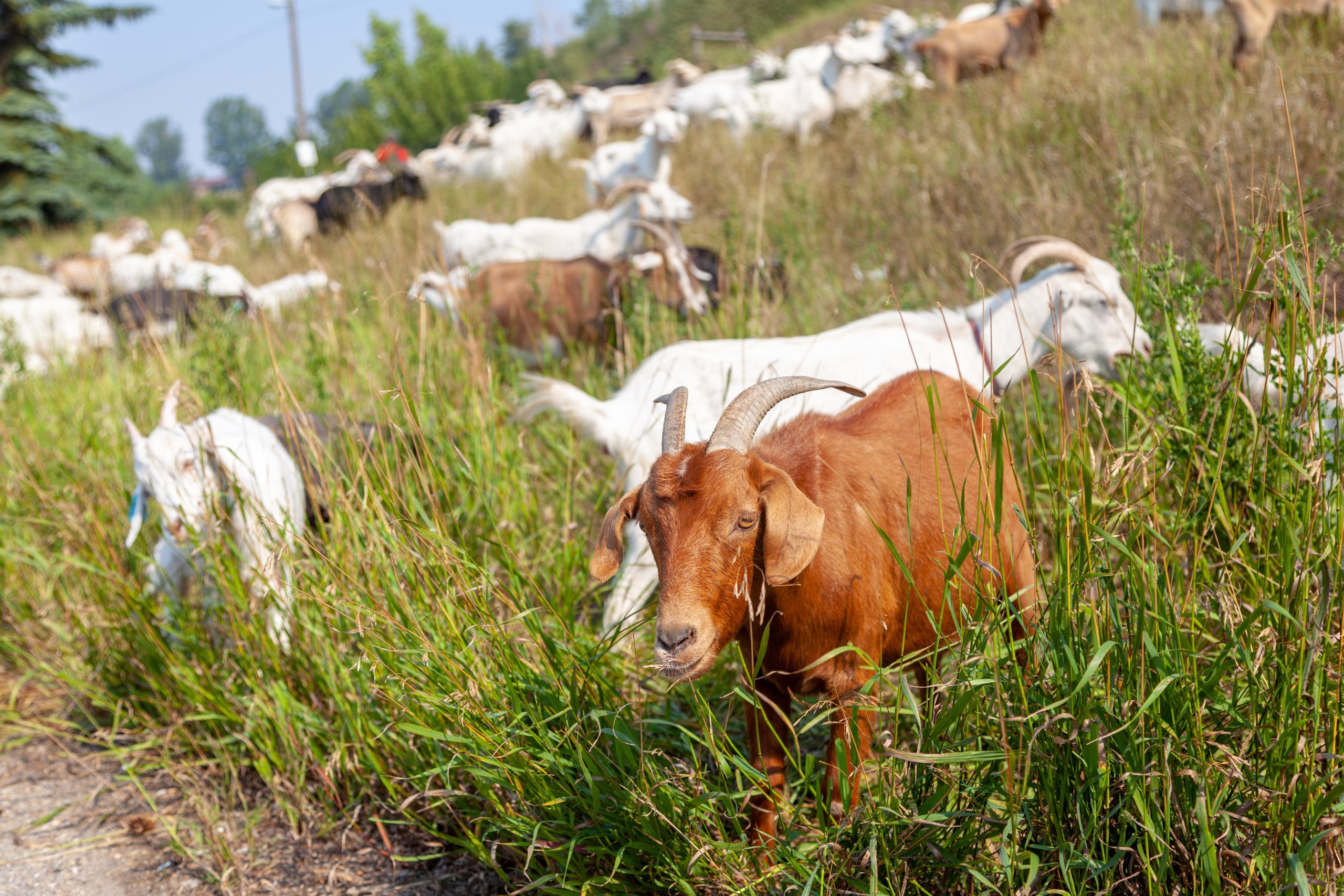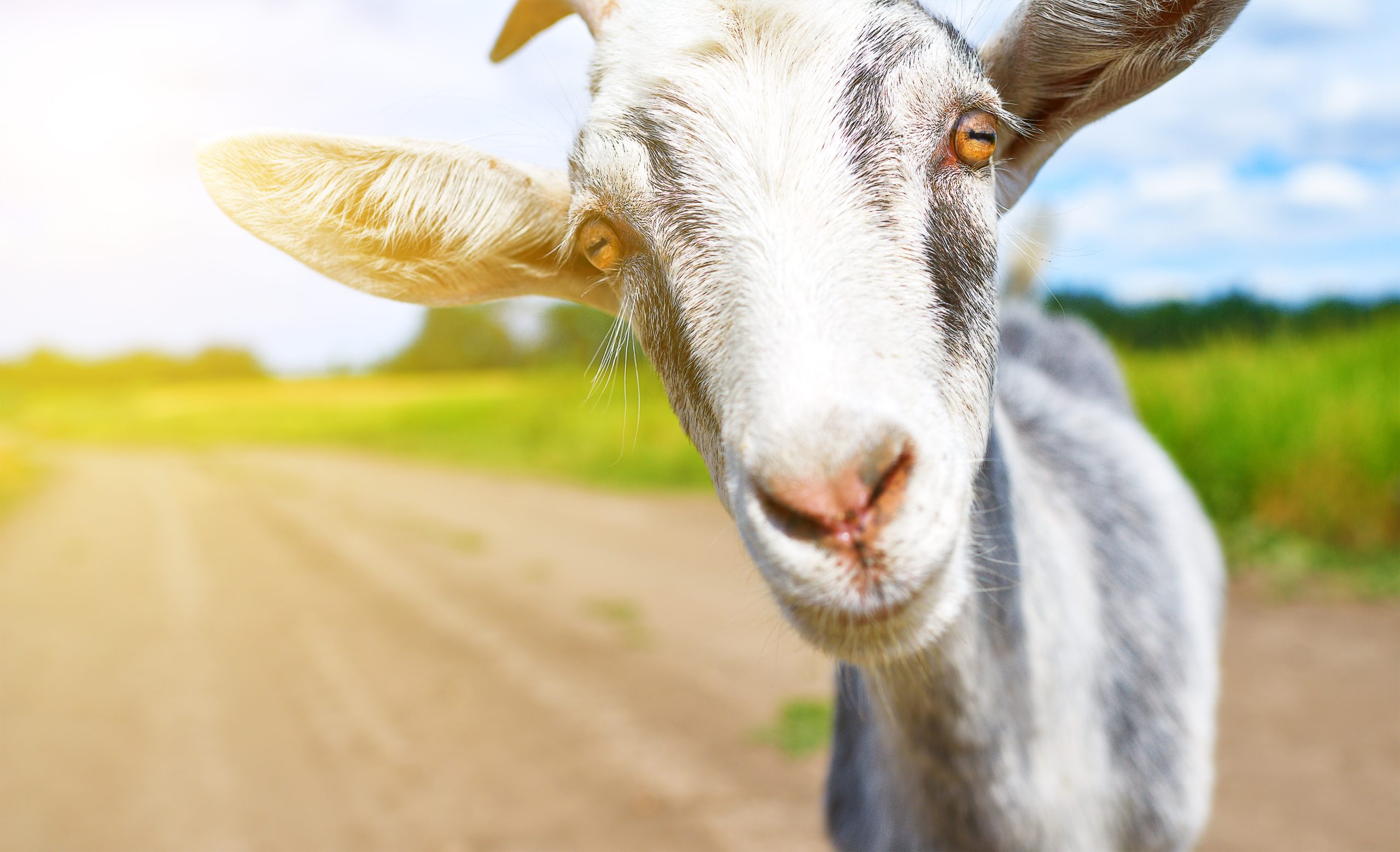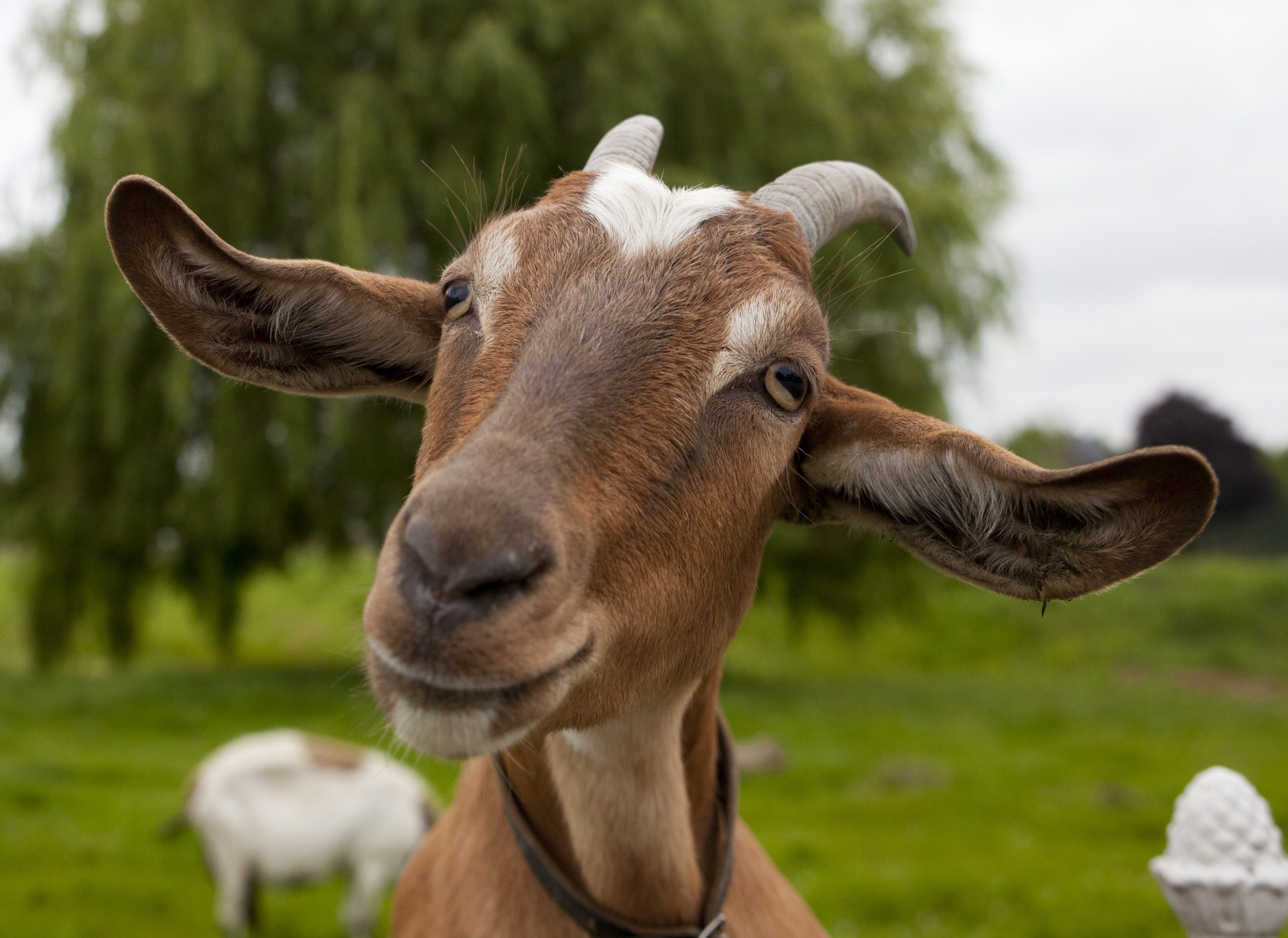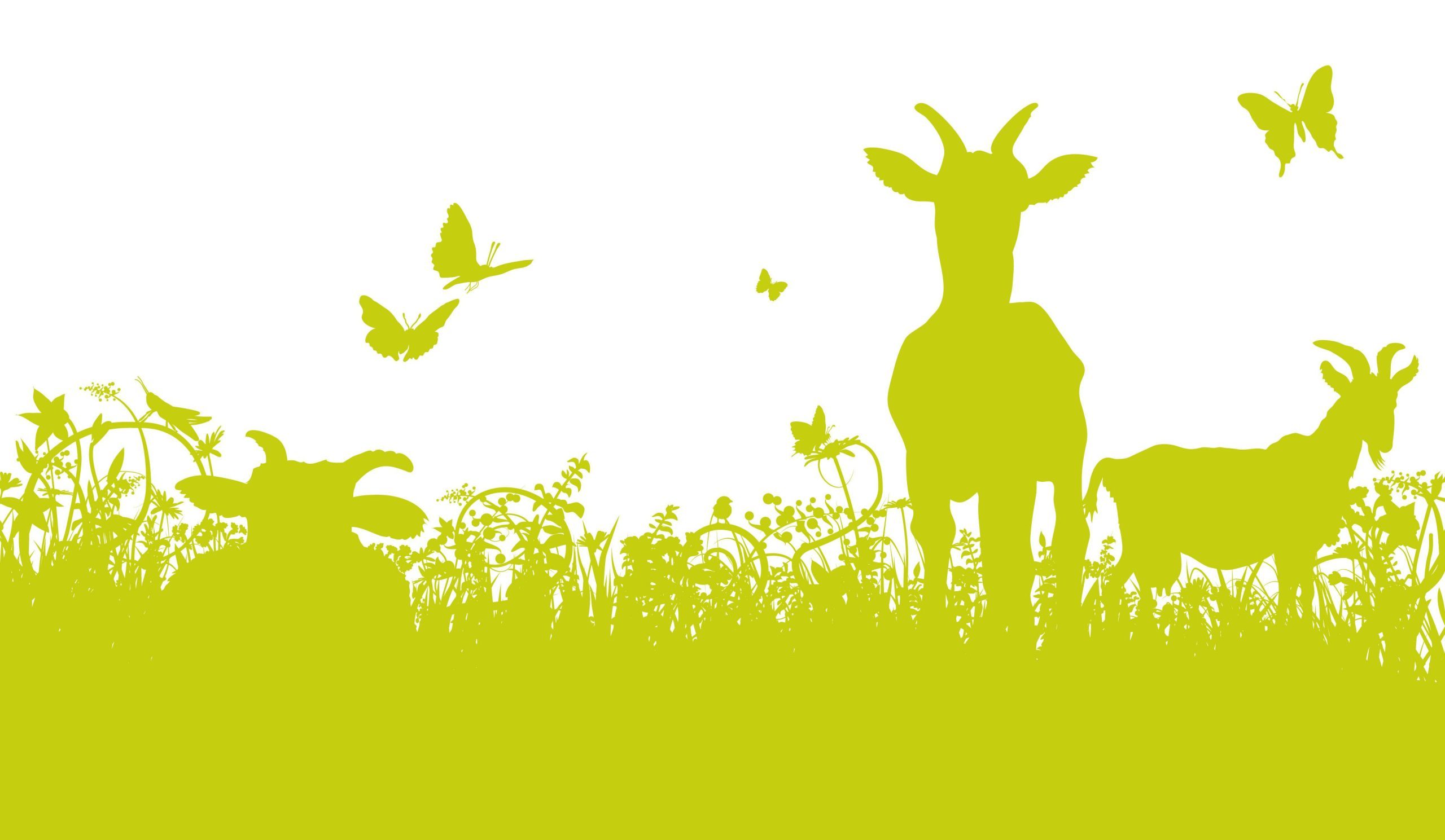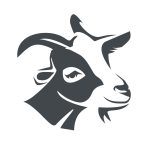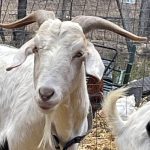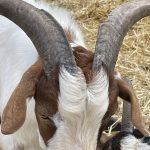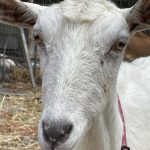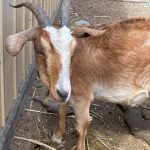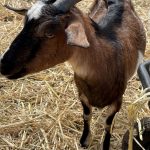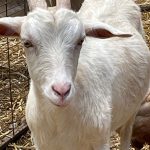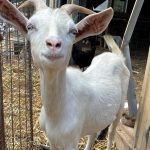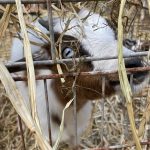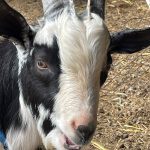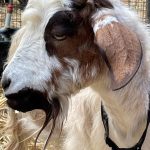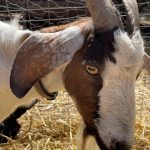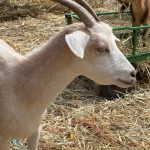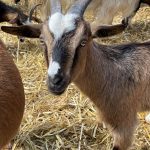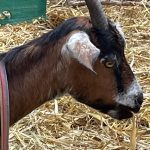Why Use Goats?
Using the vegetative grazing preferences of animals like goats, we can suppress or eliminate certain undesirable plants from a landscape and encourage other more desirable species.
Goats are browsers which means that as they graze, they consume more than just grass. Goats love to browse declared and environmental weeds. These weeds both noxious and invasive are a natural source of food for these animals. They will eat many data sdy varieties of low growing vegetation in our local environment. They will also eat dry leaves and their activity mulches and crushes dry leaves and branches.
Many individual landowners and municipalities have moved towards using goats for vegetation management because they represent a natural and harmless alternative to herbicides which can run off, are dangerous to handle and lead to genetically resistant weeds.
Power equipment burns fossil fuel and produces CO2. Hiring a goat herd (and herder) is less expensive than fuel-guzzling machines and safer than cancerous chemicals. Goats go where people can’t, eat what most animals won’t and leave behind nothing but fertilizer.
Goats don’t pollute and their faeces fertilises the soil and when managed correctly are low impact and have a vigorous appetite with a low seed viability reputation.
This activity results in a lifting of the general vegetation line a couple of meters off of the ground. This can be beneficial for defensible space, maintaining fuel breaks and improving opportunities for wildlife viewing as well as improving access for humans. A well- grazed property is more resilient and easier to manage.
Goats may be used for vegetation management in both ecologically and archeologically or culturally sensitive areas because they do not cause as much damage to the terrain as heavy equipment does.
Goats are useful for maintaining cleared land. Once a masticator, land clearing crew or dozer are finished, land is bare but roots and seeds are still present in the soil. In the coming years, regrowth is inevitable. Goats are good at keeping that new growth down year after year so you can continue reaping the benefits of your investment.
Goats offer psychological benefits too. They are active, friendly, interesting companions who will captivate your attention while they maintain your land. It is not uncommon for children (and adults) to invent creative names for individual goats. Many people find it hard to say goodbye once a rental agreement is completed.
When a landowner’s vegetation management needs coincide with an animal’s grazing preferences, targeted grazing can be a powerful and cost-effective tool for reaching those land management goals.







